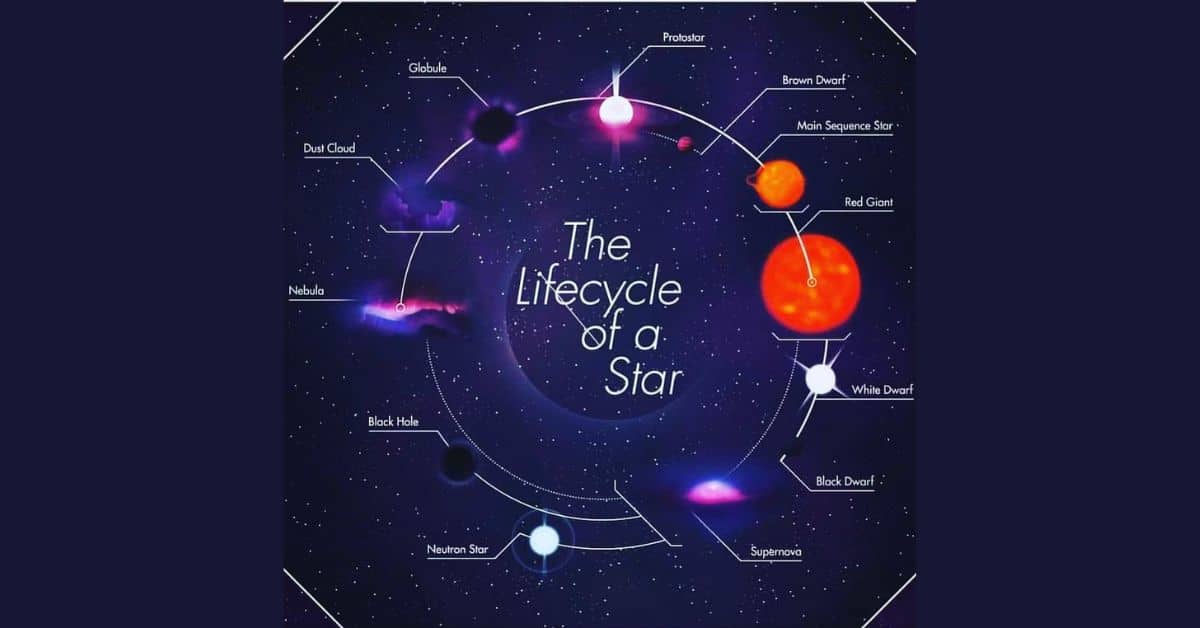Life Cycle Of A Star – Miracle Of the Universe Up Close
When you look up at the stars, you are connected to a miracle of science that has existed in our universe for trillions of years. Different stars have different masses, and a star’s mass affects both how brightly it will radiate and how it will perish. Huge stars explode as supernovae, neutron stars, and black holes, but common stars like the sun finish their lives as white dwarfs encircled by planetary nebulae that eventually fade away.
Regardless of magnitude, all stars go through the same 7-stage cycle. They begin as a gas cloud and finish as a star remnant. In this article, we will investigate and learn more about the life cycle of a star.
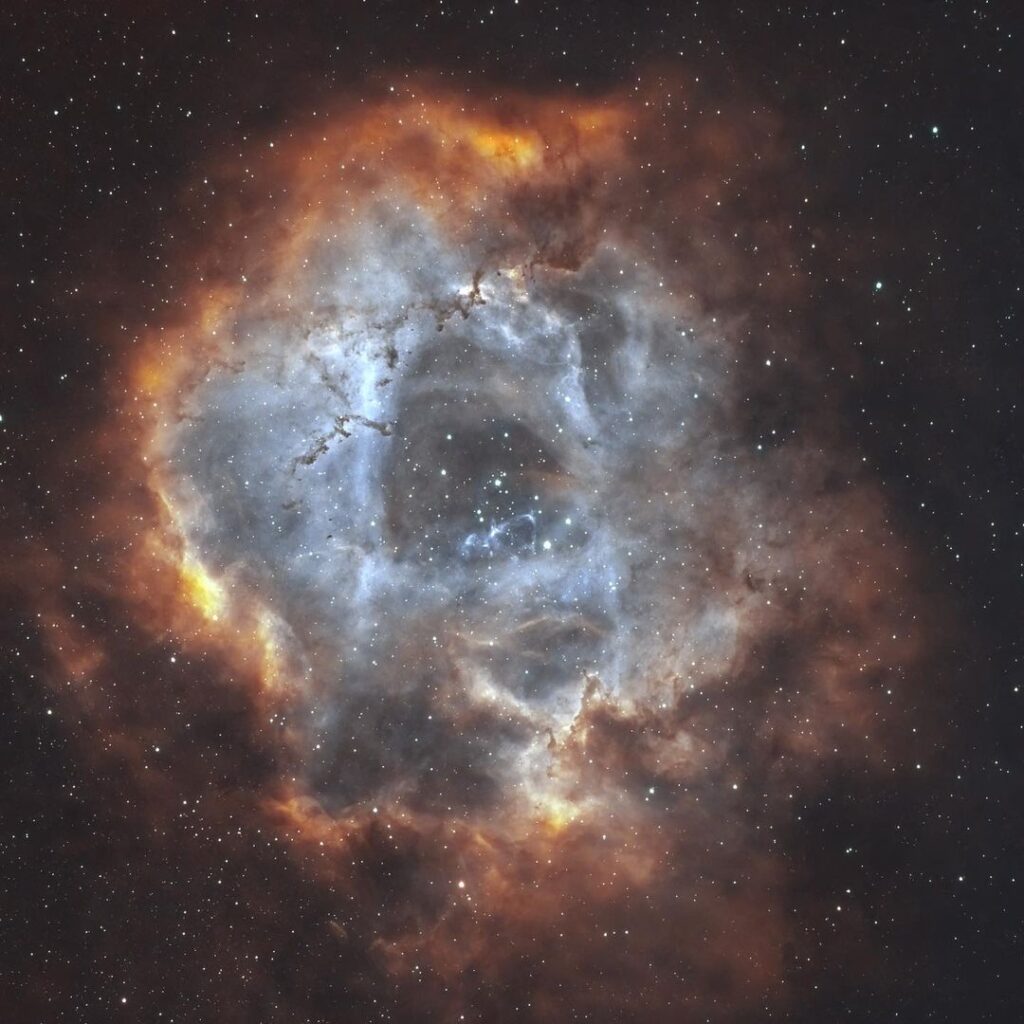
Life Cycle Of A Star
The same natural cycles that apply to biological things also apply to stars. This cycle starts with birth, develops throughout a lifespan marked by change and development, and culminates in mortality. The life cycle of a star, which lasts for billions of years, is completely distinct from the life cycle of a sentient being. Let’s talk about the life cycle of a star and its various phases in more detail
Huge Gas Masses- Nebula
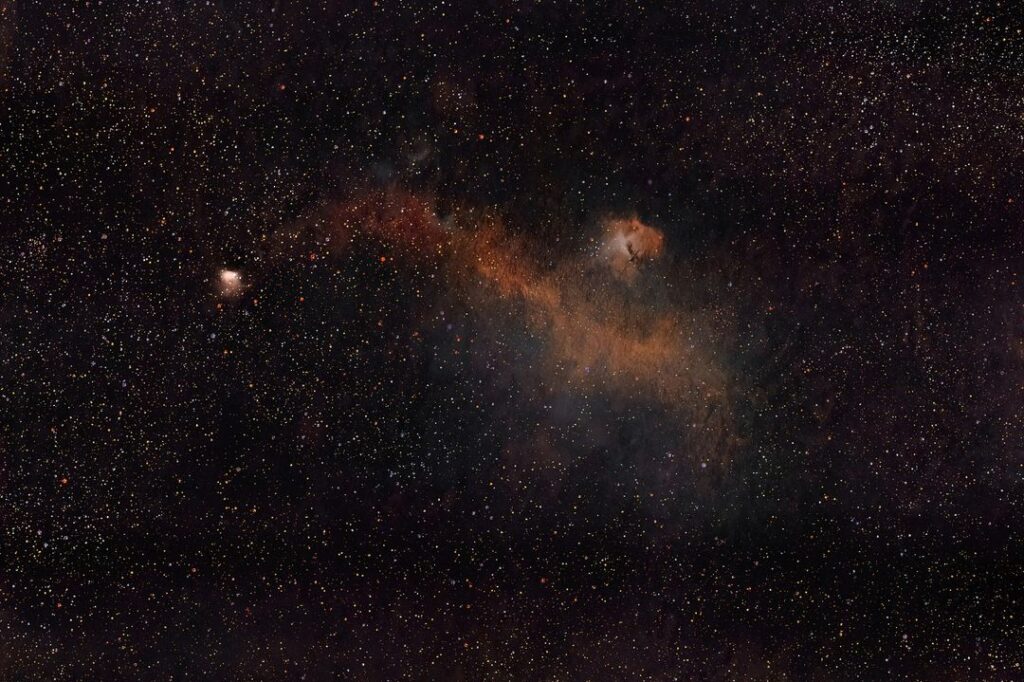
The first stage of the life cycle of a star is the nebula stage. Huge gasses known as nebulas can take on a variety of shapes. Some have eerie, shadowy forms that block out the light behind them. Others shine as a result of stars reflecting off of them or passing through them, or the gas inside of them emitting light. They are among the most beautiful and well-known regions of the cosmos, formed when a dying star bursts or when the spiral motion of a galaxy concentrates interstellar elements. Stars are also formed in nebulae.
Nebulas contain a lot of hydrogen, the primary component of stars, which is why stars develop there. Gravity draws clusters of hydrogen together inside nebulas. Because an object’s gravitational force increases with size, including that of a hydrogen ball, those clusters begin to draw in an increasing amount of gas. They attract so much gas to themselves over an extended period of time that they round out and form a protostar.
During the nebula stage of the life cycle of a star, the significant gas cluster is where a star is born from. The temperature in the cloud is too low for molecular formation. A star in this period of existence is the Orion cloud complex in the Orion system.
Protostar
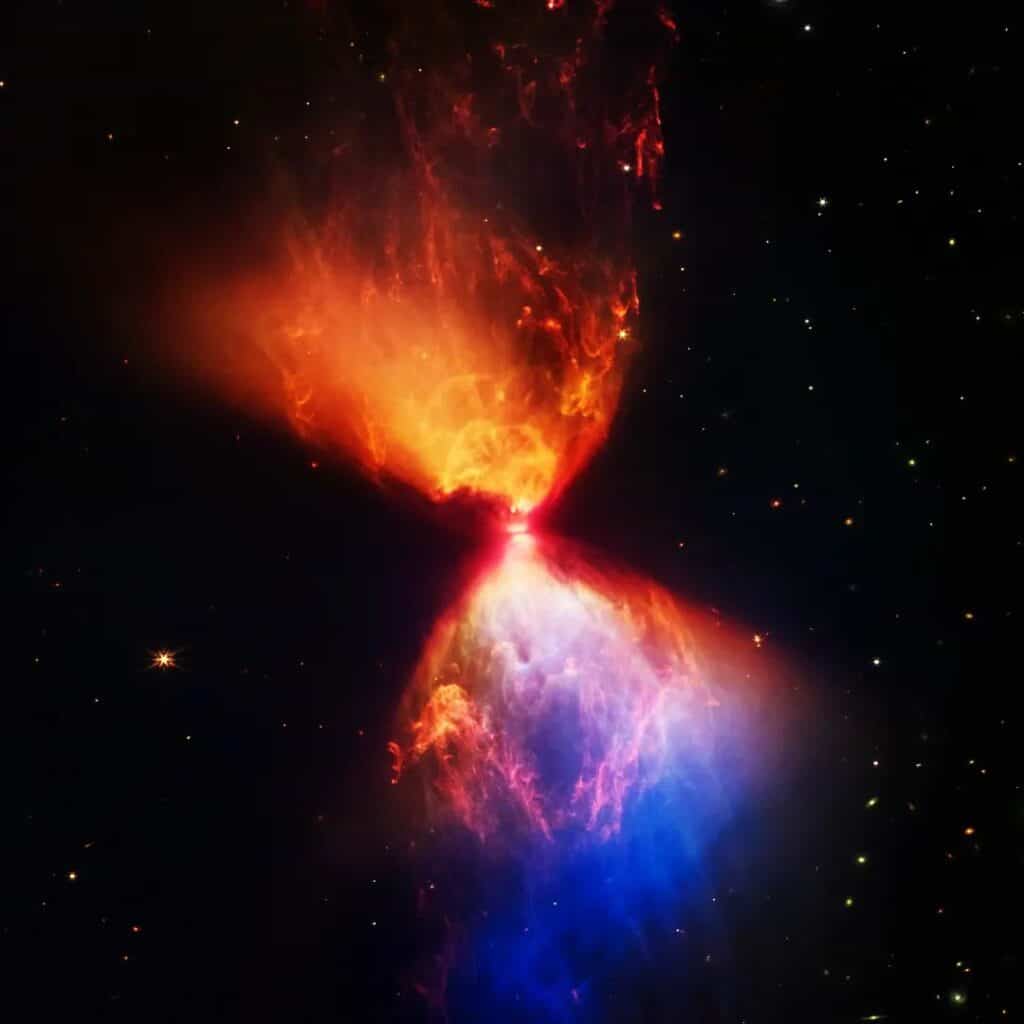
Massive collections of gas and dust known as protostars are not quite heated enough for fusion to occur in their cores. A protostar initially resembles a cloud, but as gravity draws it closer together, it warms up and starts to shine. In the molecular cloud, thermal energy is created when gas particles collide. The star eventually achieves a temperature of 15,000,000 degrees Fahrenheit, which is so hot that the hydrogen atoms in its center start fusing to form helium.
The protostar period of the life cycle of a star is brief for bigger stars. Large stars may only exist as protostars for a million years or less. It may take 50 million years for fusion to start, while the tiniest stars require over 100 million years.
T-Tauri Phase
When materials cease accreting into the protostar and start releasing massive quantities of energy, a T-Tauri star is born. The Tauri star’s center cannot sustain nuclear fusion at its average temperature. The T-Tauri stage of the life cycle of a star lasts for approximately 100 million years before entering the Main Sequence Era, which is the longest part of development.
Main Sequence
A star enters the main phase of its life cycle once it starts to fuse fuel, which makes it much more secure. The enormous energy it emits prevents gravity from bringing it closer together. A star remains in the main sequence as long as it has enough hydrogen in its center to maintain fusion.
A mass determines how long it will remain in the Main Sequence phase of the life cycle of a star, but stars usually continue fusing hydrogen in their centers for billions of years. That is lengthy enough for planets to develop and, at least on Earth, for complex creatures like dinosaurs and humans to arise from bacteria.
Red Giant
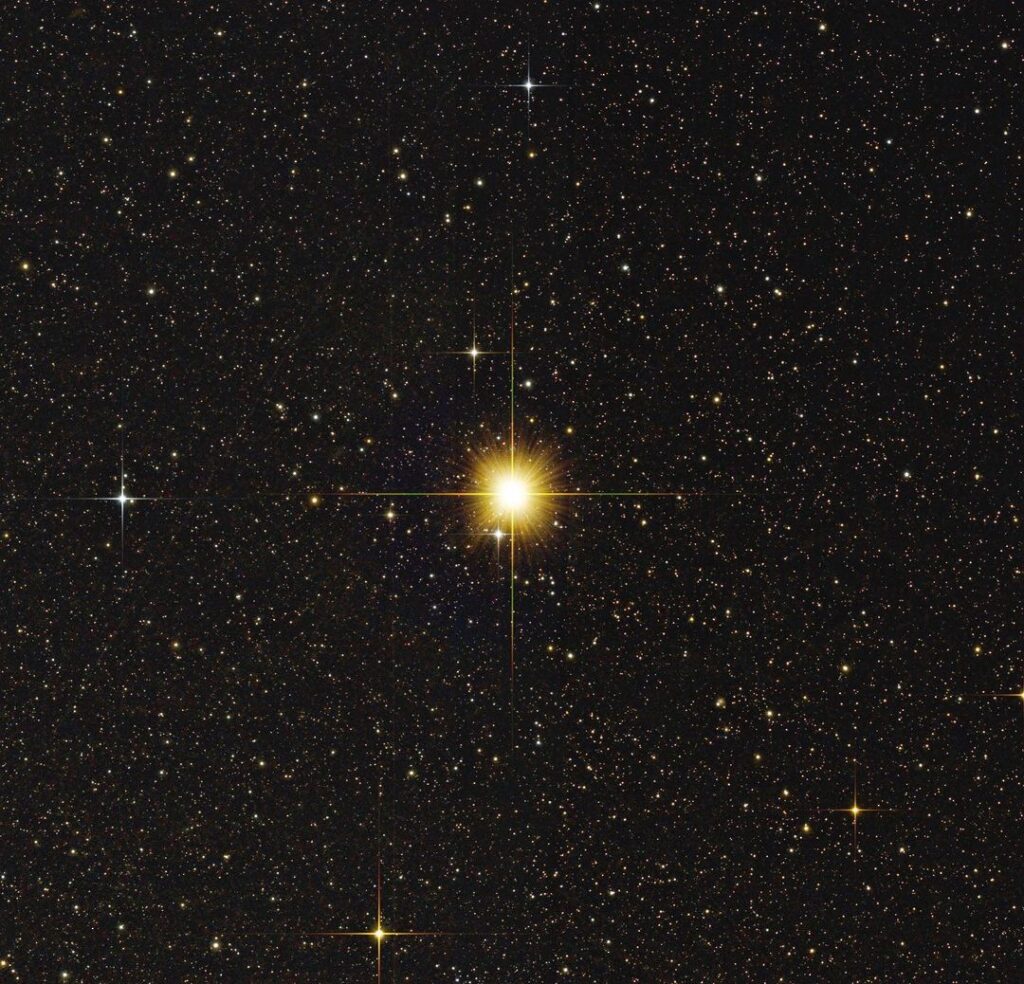
The red giant phase is the fifth stage of a life cycle of a star. When a star runs out of hydrogen, its existence undergoes a significant shift. After being in the main sequence for billions of years, the fusion process comes to a close.
Instead, the star starts fusing helium into carbon, and this chemical reaction heats the star’s exterior layers to the point where they start fusing hydrogen, which causes them to expand. A star may be hundreds of times bigger than it was in the main sequence when it is on the red giant stage.
Red giants have enormous surfaces on which to release the energy generated by all the fusion taking place inside of them. They are generally colder as a result. The coldest stars are red, which is why these titans emit red light. The star first develops into a subgiant star, then a red giant as it enlarges.
Death Of A Star
The life cycle of a star, similar to anything else, is followed by death. All stars are created in the same manner, but their sizes have an impact on how they die. Black holes, masses of matter so compact that not even light can escape their gravitational pull, are formed when the largest stars die.
As the star grows, helium molecules combine at the center. The center is kept from falling by the reaction’s energy. After helium fusion, the nucleus contracts and starts fusing carbon. Until iron is found at the center, this procedure is repeated. Energy is absorbed by the iron fusion process, resulting in the core’s implosion. While smaller stars like the Sun compress into white dwarfs during this implosion, huge stars become supernovae.
What Happens After Death Of A Star?
Even though the life cycle of a star includes death, the process does not end there. After the star perishes, the energy does not just fade away. The death of a star is followed by multiple complicated processes, which, as a result, contribute to the birth of a new star.
Super Giants
Smaller stars fade away in a whisper; on the other hand, big stars explode during the last phase of the life cycle of a star. Supergiants have brief, extraordinary lifetimes. They may only last a million years, but they can radiate up to a million times as brilliantly as the sun. Due to their extremely high temperatures, a fusion of all types, including carbon as well as hydrogen, and helium, takes place inside them. Combustion keeps going until the iron is created in the supergiant’s center.
Supernovas
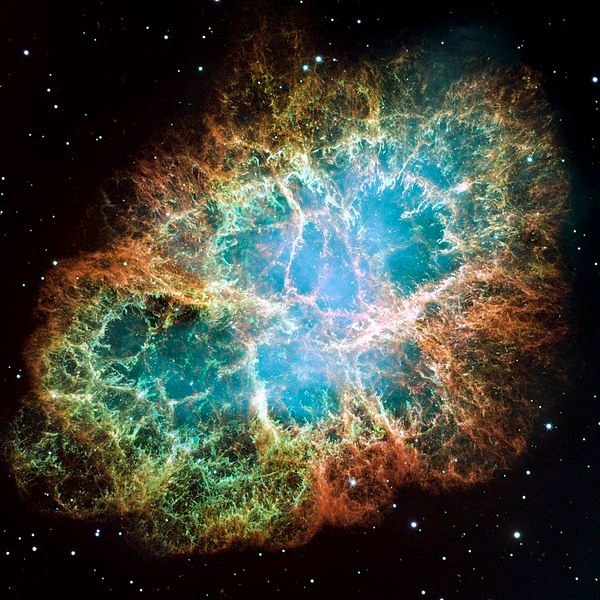
Once the center is iron, the careful balancing of energy versus gravitation in the star is no longer necessary because iron doesn’t discharge energy when it fuses. The supergiant falls in less than a second as gravity triumphs. The star’s center becomes so hot as a result of its disastrous fall, causing its atoms to erupt in a massive explosion known as a supernova.
Supernovas are so powerful that the biggest one ever seen by humans is said to have illuminated the surrounding area like the moon.
Black Holes
Black holes are produced when stars that are at least three times as big as the Sun perish. They are so thick that all energy, including radio waves, visible light, X-rays, and beyond, are trapped by their gravity. The majority of black holes are fairly tiny, but every galaxy has a supermassive black hole at its core that has the same mass as millions or billions of stars.
The bright ring around the black hole, which is the dark area in the middle of the picture, is caused by a disk of gas that surrounds it that is heating up as it is drawn in.
White Dwarfs
The centers of stars that are up to 1.5 times as massive as the Sun ultimately run out of helium to fuse into carbon. Each of its outer layers blows away into space over about 10,000 years, transforming it into a planetary nebula. The remnant of the star transforms into a tiny white dwarf at the nebula’s core.
Initially very hot, white dwarfs gradually decline over billions of years to the point where they turn dark and cease to glow. Although they are difficult to see, white dwarfs are common. According to estimates, nearly all stars turn into them when they expire.
Bottom Line
All in all, the stars are the universe’s primary sources of basic materials, recycling them and spreading the fundamental constituents of everything we see. All carbon, which is a component of all life on Earth, was initially created in a star’s center. The life cycle of a star may be long enough to witness multiple occurrences of Earth’s complete natural history. Over that period, a star undergoes several transformations, including turning into a light-eating black hole or a huge disk of burning plasma.

Nato is a content writer and researcher with a background in psychology who’s eager to explore the wonders of nature. As a travel enthusiast and animal lover, she hopes to inspire others to discover and cherish the beauty and importance of the natural world.

